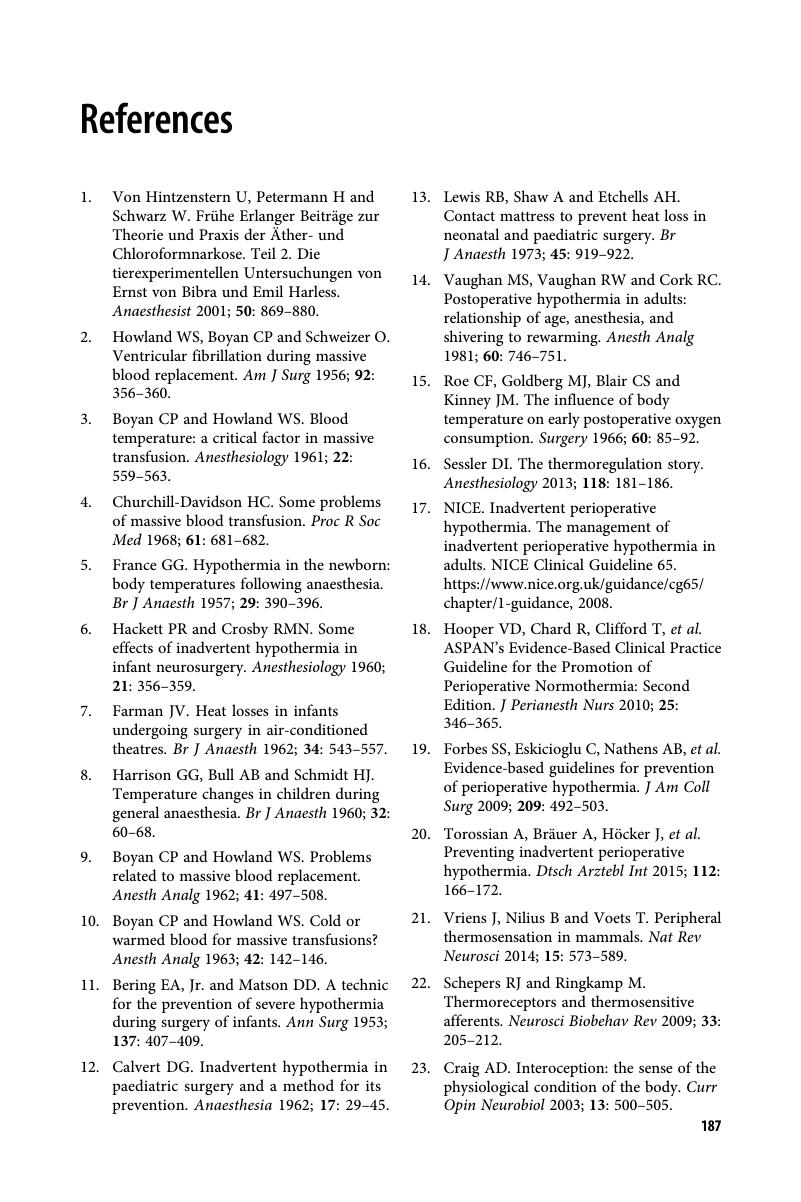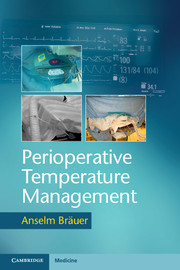Book contents
- Perioperative Temperature Management
- Perioperative Temperature Management
- Copyright page
- Contents
- Preface
- Section 1 Introduction
- Section 2 Changes induced by anaesthesia and surgery
- Section 3 Adverse effects of perioperative hypothermia
- Section 4 Measurement of core temperature
- Section 5 Equipment and methods to keep patients warm
- Section 6 Perioperative temperature management
- References
- Index
- References
References
Published online by Cambridge University Press: 22 June 2017
- Perioperative Temperature Management
- Perioperative Temperature Management
- Copyright page
- Contents
- Preface
- Section 1 Introduction
- Section 2 Changes induced by anaesthesia and surgery
- Section 3 Adverse effects of perioperative hypothermia
- Section 4 Measurement of core temperature
- Section 5 Equipment and methods to keep patients warm
- Section 6 Perioperative temperature management
- References
- Index
- References
Summary

- Type
- Chapter
- Information
- Perioperative Temperature Management , pp. 187 - 208Publisher: Cambridge University PressPrint publication year: 2017



